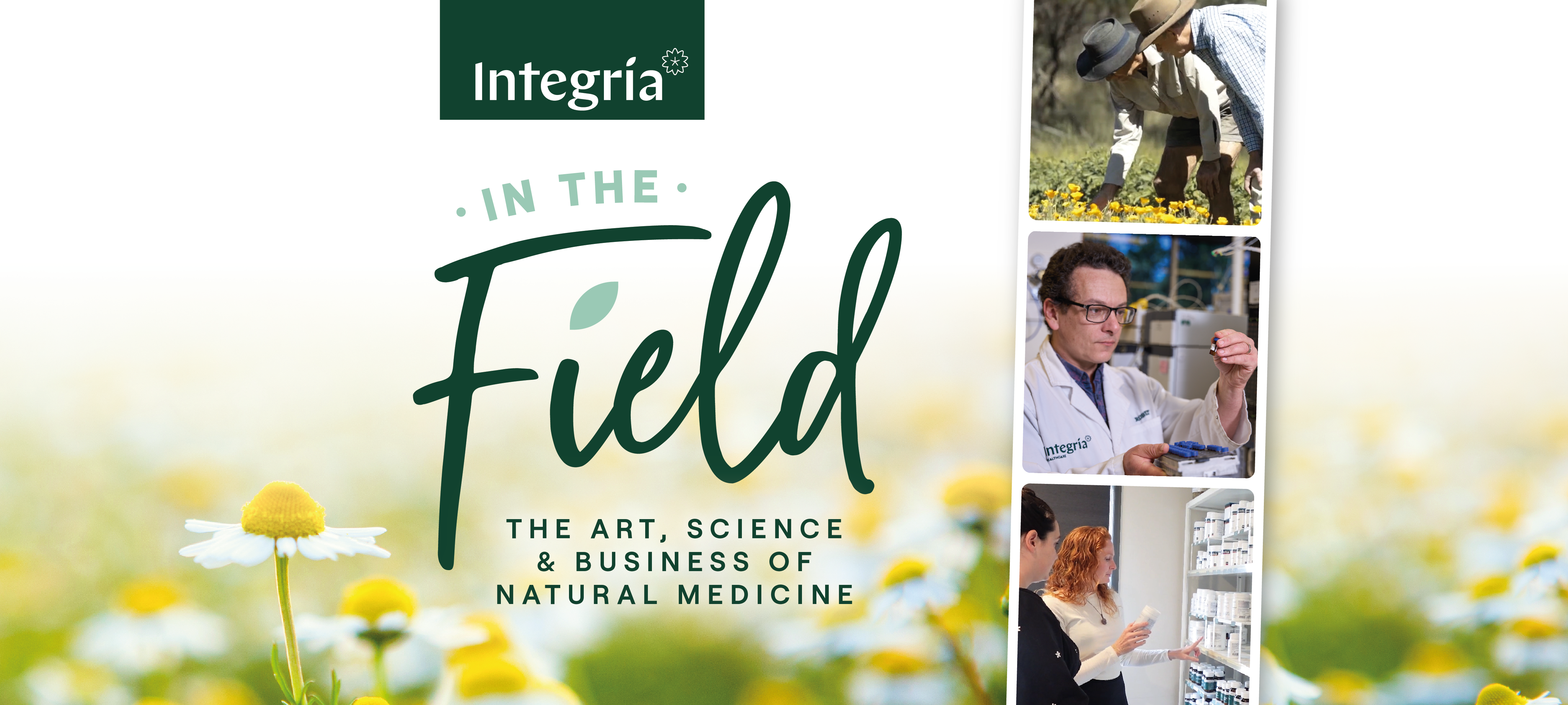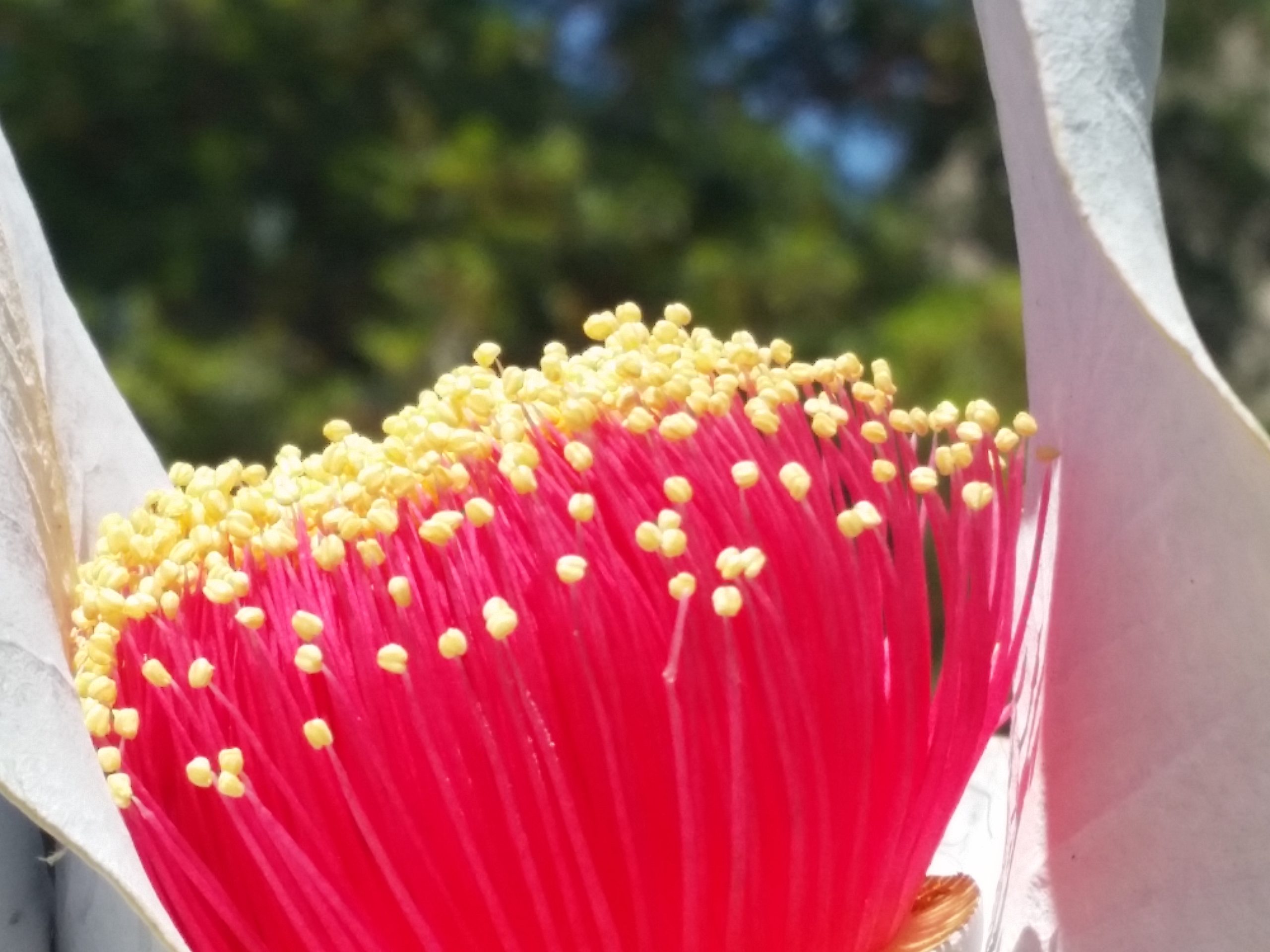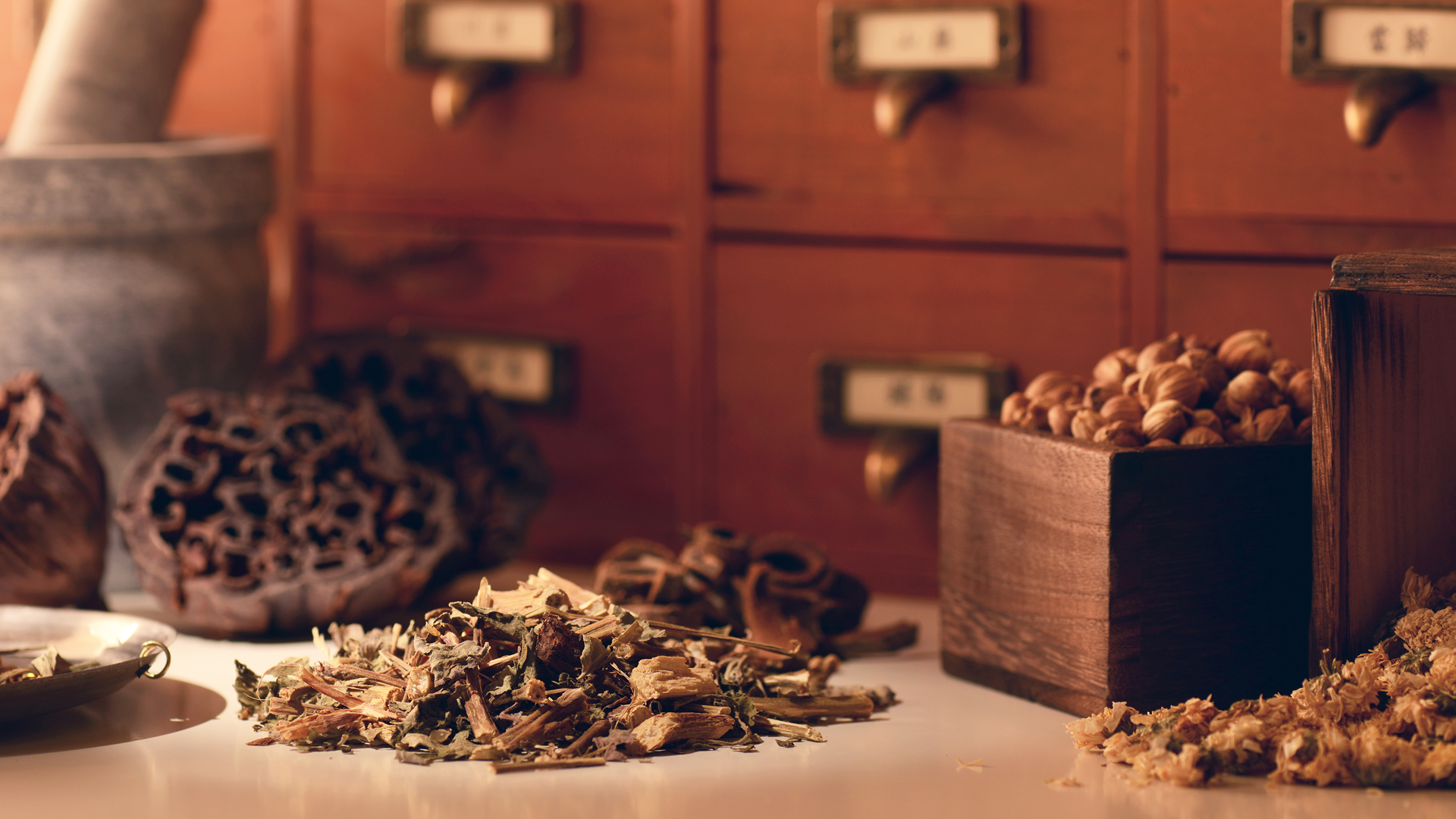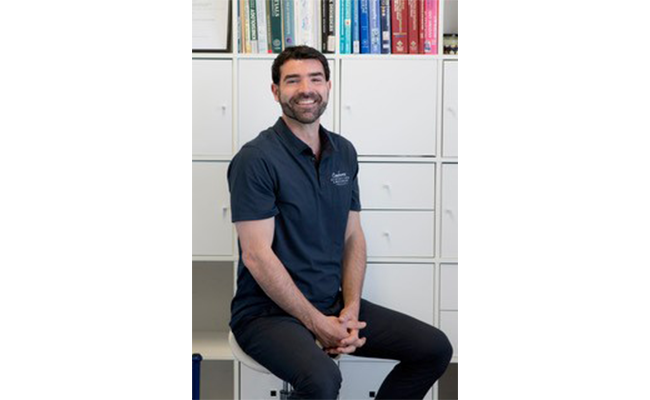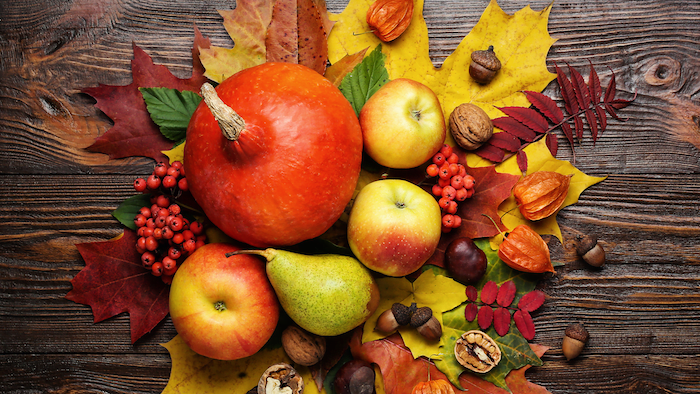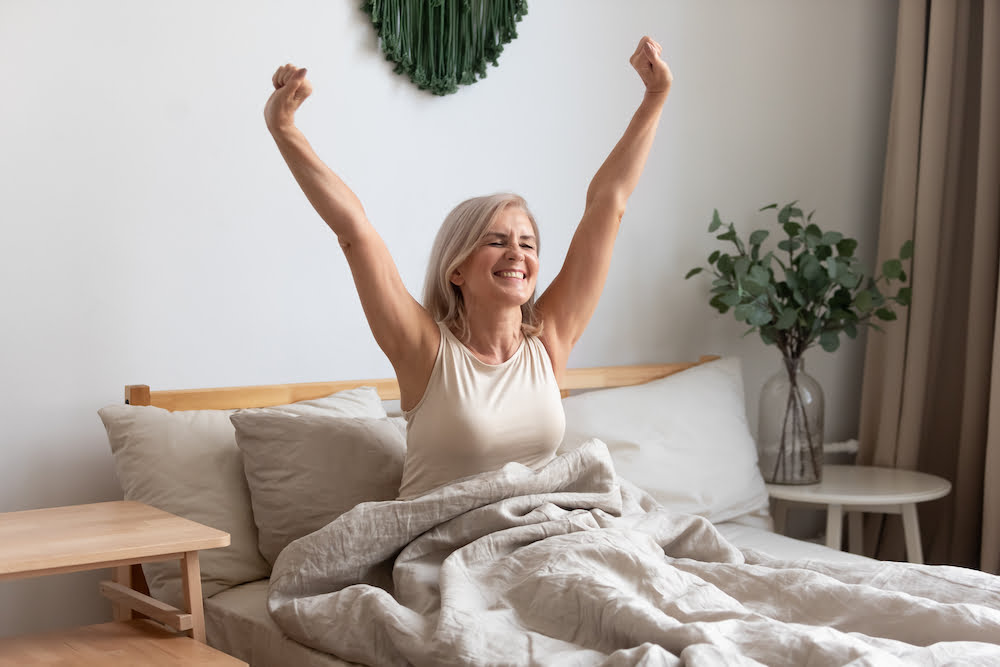In the Field – The Art, Science and Business of Natural Medicine
Excellent Eggs – How to improve Egg quality for Fertility & IVF
Menopause: Adapt and Thrive
Xingpijieyu and how it can help you with Stress and Depression
What Is Xingpijieyu?
Xingpijieyu (XPJY) is a traditional Chinese herb which has been used for centuries. It has been found effective in the treatment of stress, anxiety and depression.
It is quite often the case that too much stress in a person’s life, taking on too much, can lead to anxiety, overwhelm and panic attack.
A panic attack is very alarming because it’s usually accompanied with –
- trouble swallowing
- shortness of breath
- sometimes a cough
- heart palpitations
- foggy head
- some cases, people feel like they are going to have a heart attack and become even more fearful
These conditions affect our mental health and lead to even more overwhelm. This is often accompanied with low moods and a loss of joy and interest in activities you used to love to do. Add this to a foggy head which gives you cognitive dysfunction meaning you can’t ‘think straight’ to go through your day and life becomes miserable. Hence the depression. There follows a loss of memory and learning ability for both adults and children, and it creates a cycle which seems to be endless.
XPJY is useful in all of the above instances and also for learning and memory issues for both adults and children. There are a number of studies that show how successfully it can be used in those areas.
Studies done with Xingpijieyu
XPJY is a great for improving mood and for many other issues that go with depression. It has been found to successfully improve the signal pathways connected with emotion, memory and learning – namely the hippocampus.
One instance is in a study done in Beijing by the Institute of Psychology at the Chinese Academy of Sciences. The study was carried out on 60 rats divided into groups. The outcome in part showed that there were increases in spatial learning which led to heightened memory abilities in one XPJY group. It was also found in this study that XPJY can achieve the same improvements with regards to memory as sertraline (SSRIs) in a second group, and in a third group even better results than for sertraline with regard to spatial learning and memory. Another group benefited from prevention of stress related weight loss. So, the properties of XPJY help the memory, improve cognitive abilities and can prevent weight loss associated with stress.
In another study it was found that XPJY works on gut inflammation and the gut microbiota. These are now known to have an impact on stress related and depression pathways. There are now a number of studies that show that treating gut inflammation with probiotics can also have a positive effect on cognitive level, stress levels and depression. The gut relationship with our mental abilities is of paramount importance and this is one reason why the food you eat, the lifestyle you lead impacts so directly on your moods and mental disposition.
Since there are no known negative side effects of XPJY it means it can safely be used, in the correct dosages, as suggested by your accredited natural practitioner.
If you are suffering from these symptoms above of stress, anxiety and depression speak to your natural therapist or Chinese herbalist to see how they can assist. XPJY is one gentle herb that can help you improve your mental disposition. Often it is great to have a team of medical professionals who will assist you on your pathway to health. A naturopath or nutritionist, a chiropractor, a Chinese herbalist, a massage therapist and/or a physiotherapist, counselling/psychologist and other practitioners can all make a good team with your doctor to help you improve your health, your disposition and mood as well as give you a better lifestyle in line with your goals and dreams.
Riccardo Galeotti
Weight Loss for Over 40’s with Dr Juanita Jolly
Eating for Fertility in Autumn with Chinese Medicine
Chinese Medicine is a popular alternative medicine with a long history and tradition. It encompasses various therapies and practices, including diet therapy – a practice of using food to prevent and treat health disorders. In Chinese medicine, the diet plays a crucial role in promoting fertility and overall health.
Autumn is a vital time of the year when the environment and nature change, which affects our body’s condition. During this season, your focus should be on nourishing your body due to the cooler and drier weather. Here are some of the best Autumn seasonal foods recommended in Chinese Medicine for Fertility. Organic is always best, especially with strawberries.
- Squash: is high in beta-carotene and vitamin C, which help boost the immune system and protect against oxidative stress. It is also loaded with folate, a nutrient essential for fetal development. neutral to cooling energy. It is believed to benefit the spleen and stomach and can help improve digestion.
- Pumpkin: is believed to be good for fertility due to its high content of antioxidants like beta-carotene, vitamin C, and E, which can protect sperm and eggs from damage caused by free radicals. Additionally, pumpkin seeds are a good source of zinc, which is essential for male reproductive health and has been shown to increase sperm count and motility. Pumpkins are also rich in folate, which is important for female reproductive health as it helps prevent birth defects in newborns. Pumpkins nourish and tonify the spleen and promote the healthy production of Qi and blood, which are essential for reproduction, also cooling nature to clear heat and toxins from the body, which can also support fertility. It is commonly recommended for women who are struggling with irregular periods, menstrual cramps, or fertility issues related to a weakened digestive system.
- Apples: are rich in antioxidants, vitamins, and minerals, making them an excellent choice for promoting fertility. The flavonoids present in apples can improve sperm quality and help regulate menstrual cycles in women. Apples have a cooling energy and are believed to benefit the lungs and spleen. They can help improve digestion and are thought to have a cleansing effect on the body.
- Pears: are a great source of vitamin C, fiber, and copper. They are particularly beneficial for women due to their ability to strengthen the uterus. Pears have a cooling energy and are believed to benefit the lungs and throat. They are also particularly good for soothing coughs and reducing phlegm.
- Chestnuts: are a low-fat and high-fiber source of nutrition. They are rich in vitamins and have a warming energy to strengthen the kidneys and spleen.
- Sweet potatoes: are an excellent source of vitamin A, which helps with fetal development. Sweet potato is warming energy, sweet, neutral or slightly cool flavor. They nourish the spleen and stomach, tonify qi and blood, and support the yin energy of the body. Sweet potato is also believed to have a soothing effect on the digestive system and promote healthy bowel movements. Additionally, it is thought to benefit the lungs and reduce inflammation.
The following fruits are cooler in nature & are best in early Autumn or can be warmed where digestion is weaker:
- Figs: were considered sacred fruit and were closely associated with fertility and love. Scientifically, figs improve fertility and libido because they are loaded with minerals like zinc, manganese and magnesium which play an important role in boosting reproductive health. Figs also have a cooling effect on the body, which helps to balance out the excess heat that can accumulate during the summer months.
- Strawberries: are considered valuable for trying to conceive. They are also high in vitamin C and folic acid, which provides a conducive environment for conception. Beta-carotene and anthocyanins present in berries have powerful antioxidant properties and help with the production of hormones responsible for optimum egg growth. Strawberries are also one of the most potent allergens. But please note that this berry is strictly forbidden to women who have inherited food allergies.
- Plums: will bring the maximum benefit for fertility if you consume them raw. Potassium that is contained in the fruit also protects against birth defects in the brain and spine that can develop in the first few weeks of pregnancy. Plums are considered to be cool in nature, so they also help counteract the heat and dryness of the season, nourish the Yin energy in the body, and promote digestion and detoxification. Additionally, plums are thought to have a sour taste which corresponds to the Metal element and the Lung and Large Intestine organs, making them beneficial for respiratory and digestive health.
In addition to the above foods, Chinese medicine also recommends incorporating warm foods and spices during the autumn season. These include cinnamon, ginger, garlic, and onions, which have the ability to boost circulation, warm the body, and boost immunity.
Overall, Chinese medicine diet therapy can play a crucial role in promoting fertility and overall health. By incorporating a variety of nutrient-rich foods and warming spices, you can improve your chances of conceiving while nourishing your body during the cooler autumn season.
A Career in Natural Medicine – Live Panel Discussion
Improve Menopause related Sleep Disturbances with Chinese Herbal Medicine
Menopause is a normal and inevitable process that women experience, usually in their late 40s or early 50s. It marks the end of the reproductive years and involves significant hormonal changes in the body. While menopause is a normal part of life, it can be accompanied by several unpleasant symptoms, including hot flashes, night sweats, anxiety, and insomnia.
Insomnia can be trouble falling asleep, waking up several times during the night with an inability to fall back to sleep, waking up too early, or a combination. If poor sleep continues, it can lead to tension headaches, feeling too tired during the day to complete normal activities, poor concentration and feeling irritable. (1)
In Chinese herbal medicine, menopause is considered a natural process that reflects a decline in Yin energy. Yin energy is associated with coolness, moisture, and calmness. As menopause progresses, the body produces less estrogen, which is a Yin hormone. This decline in Yin energy can lead to hot flashes, night sweats, anxiety, and insomnia. Fortunately, Chinese herbal medicine can offer a safe and effective way to relieve sleep issues.
A herb that is commonly used in Chinese herbal medicine for menopausal insomnia is Ziziphus jujuba seed (Suan Zao Ren). Ziziphus seed has a calming effect on the nervous system. It can help to reduce anxiety and promote relaxation, making it easier to fall asleep and stay asleep. It also has a mild sedative effect, which can help to improve the quality of sleep and is one of the key herbs in the formula Suan Zao Ren Tang. A study investigated the benefits of Suan Zao Ren Tang on sleep quality in menopausal women between 40 and 65 years of age. After taking the formula for 4 weeks, there were improvements of 37.5% for subjective sleep quality, 25% in time taken to fall asleep, 25% for sleep duration and 38.9% for habitual sleep disturbances. (2)
Further support for Chinese herbal medicine as a stand alone or adjunct therapy for insomnia was outlined in a 2015 a systematic review and meta-analysis of randomized controlled trials. Published in the journal “Sleep Medicine”, the analysis included seventy-six trials and found that Chinese herbal medicine was more effective than placebo, benzodiazepine drugs or cognitive and behavioural therapy. There was no difference in adverse events between Chinese herbal medicine and placebo. (3)
Chinese herbal medicine aims to treat the person rather than just the symptoms, so it is important to see a qualified practitioner so that an appropriate diagnosis and treatment plan can be made.
In conclusion, Chinese herbal medicine can offer a safe and effective way to relieve sleep issues associated with menopause. Herbs such as ziziphus seed can make it easier to fall asleep and stay asleep. Other herbs and formula can help reduce hot flashes and night sweats which disturb sleep. If you are experiencing sleep issues associated with menopause, it is worth considering Chinese herbal medicine as a natural remedy.
References
- Direct H. Insomnia: The Department of Health and Aged Care; 2023 [Available from: https://www.healthdirect.gov.au/insomnia.
- Yeh C-H, Arnold C, Chen Y-H, Lai J-N. Suan Zao Ren Tang as an Original Treatment for Sleep Difficulty in Climacteric Women: A Prospective Clinical Observation. Evidence-based complementary and alternative medicine : eCAM. 2011;2011:673813.
- Ni X, Shergis JL, Guo X, Zhang AL, Li Y, Lu C, et al. Updated clinical evidence of Chinese herbal medicine for insomnia: a systematic review and meta-analysis of randomized controlled trials. Sleep Medicine. 2015;16(12):1462-81.



